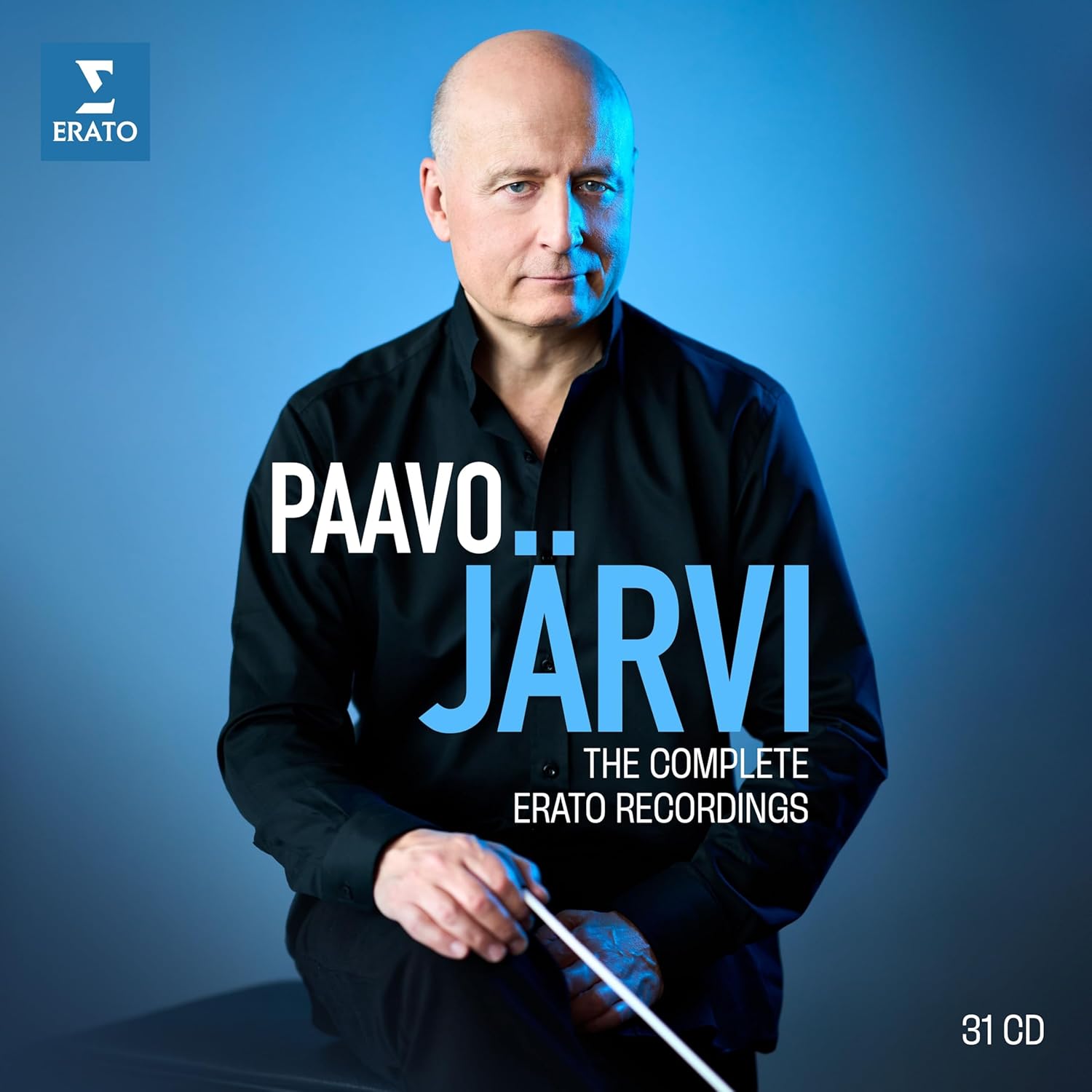 Paavo Järvi: The Complete Erato Recordings (Erato)
Paavo Järvi: The Complete Erato Recordings (Erato)
Big box sets celebrating great conductors are piling up thick and fast, and this one, unusually, features an artist who’s very much alive. Paavo Järvi is just 62 (still young for a conductor). These 31 discs contain the albums he released for Virgin Classics, EMI and Erato between 1996 and 2015: classical CDs were still a big thing back in the late 1990s, and it’s remarkable to see how much quirky repertoire Virgin Classics allowed Järvi to record, including Stenhammar, Arvo Pärt, Eduard Tubin and Erkki-Sven Tüür. One of the earliest albums is 1996’s Searching for roots – Music from Estonia, a disc I still thank for first prompting me to explore the music of Eduard Tubin via Järvi’s exhilarating performance of the first movement of Tubin’s unfinished 11th Symphony, coupled with early dodecaphonic music by Arvo Pärt and three atmospheric works by Tüür. As an Estonian music sampler, it’s unbeatable, and the playing of the Royal Stockholm Philharmonic is excellent. Järvi’s account of Sibelius’s Lemminkäinen Suite is as good as the version on BIS conducted by his father Neeme, and there’s a superb account of the early Kullervo with thrilling singing from the National Male Choir of Estonia. Discs containing Sibelius cantatas and the mini-opera The Maiden in the Tower are fascinating, and do sample Järvi’s brooding take on Stenhammar’s weighty Symphony No. 2, the couplings including a gorgeous little Serenade and Anne Sofie von Otter in two attractive songs.
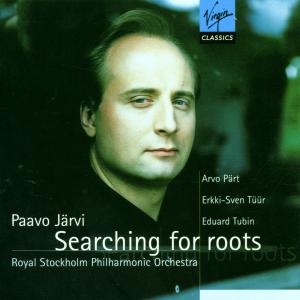 Summa, recorded in 2000 with the Estonian National Orchestra, holds up as a perfect introduction to Arvo Pärt’s mature style; I’d forgotten quite how beautiful his Festina Lente is, and Symphony No. 3, inspired by renaissance polyphony, is a beguiling transitional work from the early 1970s. There’s a whole album of Tüür, the main work a craggy and imposing 4th Symphony with Evelyn Glennie tackling a virtuoso solo percussion part. And don’t forget Järvi’s fascinating Shostakovich collection which includes The Execution of Stepan Razin, an epic, angry 30-minute piece for bass, choir and orchestra with a text by Yevtushenko. It’s coupled with the patriotic cantatas The Sun Shines over our Motherland and Song of the Forests, which you’ll listen to through gritted teeth. The performances are magnificent, though.
Summa, recorded in 2000 with the Estonian National Orchestra, holds up as a perfect introduction to Arvo Pärt’s mature style; I’d forgotten quite how beautiful his Festina Lente is, and Symphony No. 3, inspired by renaissance polyphony, is a beguiling transitional work from the early 1970s. There’s a whole album of Tüür, the main work a craggy and imposing 4th Symphony with Evelyn Glennie tackling a virtuoso solo percussion part. And don’t forget Järvi’s fascinating Shostakovich collection which includes The Execution of Stepan Razin, an epic, angry 30-minute piece for bass, choir and orchestra with a text by Yevtushenko. It’s coupled with the patriotic cantatas The Sun Shines over our Motherland and Song of the Forests, which you’ll listen to through gritted teeth. The performances are magnificent, though.
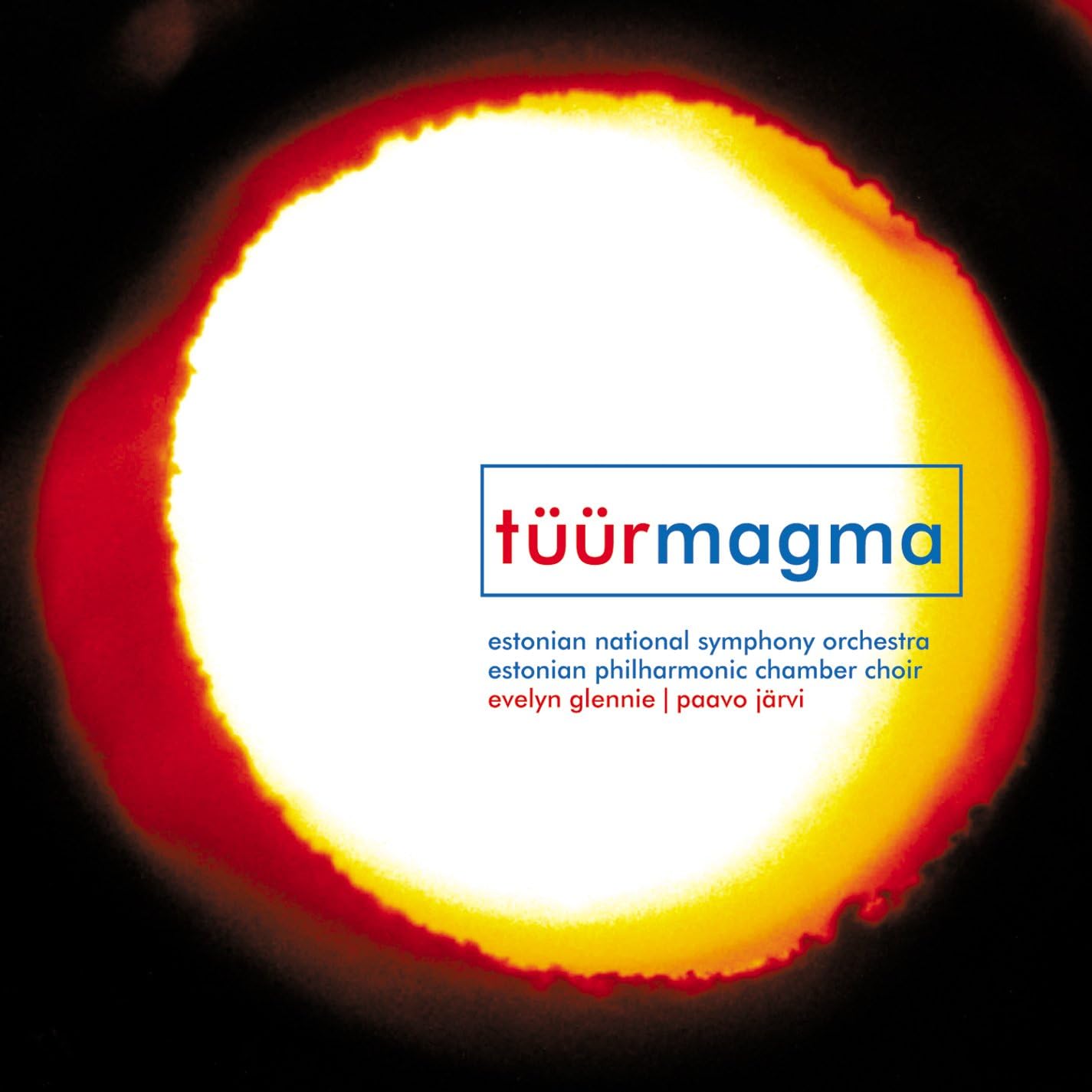 Most of the other discs are more mainstream, though a 2013 Dutilleux album with the Orchestre de Paris deserves a shout out for including the ear-tickling Symphony No. 1 and Métaboles, a spectacular work designed to show off George Szell’s Cleveland Orchestra. We get a delightful collection of Bizet orchestral music and some affectionate, idiomatic Grieg. Järvi’s Holberg Suite is lovely, and a generous selection of the Peer Gynt music sounds well. A Fauré Requiem from Paris has counter-tenor Philippe Jaroussky singing the “Pie Jesu” and there’s a decent if unspectacular Brahms German Requiem made with Frankfurt Radio forces.
Most of the other discs are more mainstream, though a 2013 Dutilleux album with the Orchestre de Paris deserves a shout out for including the ear-tickling Symphony No. 1 and Métaboles, a spectacular work designed to show off George Szell’s Cleveland Orchestra. We get a delightful collection of Bizet orchestral music and some affectionate, idiomatic Grieg. Järvi’s Holberg Suite is lovely, and a generous selection of the Peer Gynt music sounds well. A Fauré Requiem from Paris has counter-tenor Philippe Jaroussky singing the “Pie Jesu” and there’s a decent if unspectacular Brahms German Requiem made with Frankfurt Radio forces.
Järvi’s skills as an accompanist are demonstrated in recordings of Brahms Piano Concertos made with Nicholas Angelich, other concertante works featuring the likes of Truls Mørk, Leif Ove Andsnes and the Capuçon siblings. A Frankfurt Mahler 2 is well worth hearing for star turns from Alice Coote and Natalie Dessay, and Mahler: 4 Movements includes a melting account of “Blumine” and Britten’s scaled-down transcription of Symphony No. 3’s third movement. Parisian recordings of Rachmaninov’s Symphony No. 3 and Symphonic Dances, are as good as any I’ve heard, and there’s a bonus disc including excellent live recordings of Franck’s Symphony in D minor and Roussel’s marvellous Symphony No. 3. A super box, then, the hit-rate commendably high. Buy this before it disappears.
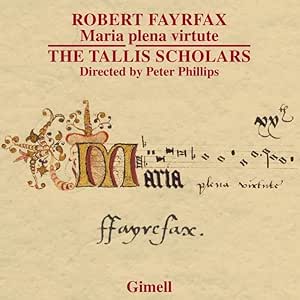 Fayrfax: Maria plena virtute Tallis Scholars/PeterPhillips (Gimell)
Fayrfax: Maria plena virtute Tallis Scholars/PeterPhillips (Gimell)
Another Tallis Scholars album of old English choral music for Gimell? Yes please! They keep on churning them out, and I keep on loving them. Here the focus is on Robert Fayrfax (1464-1521), but not the florid style of his contribution to the Eton Choirbooks, but later music in which he strips things back to basics, a devotional simplicity replacing the glamorous soaring lines of, for example, the glorious Magnificat Regale.
The repertoire here is four votive antiphons, extended constructions of 12-17 minutes duration each, scored in five parts and performed with two voices to a part. It starts with Fayrfax’s Maria plena virtute, which Peter Phillips’ programme note sees as the “culmination of his thought and technique” through these later works. The text is set with a winning directness, the texture often reduced down to a couple of parts, especially for the words of Jesus. The timbre of the singing is rich and inviting, in music which can seem austere to modern ears.
If Maria plena virtute is the latest of these antiphons, Phillips thinks the final item, Eterne laudis lilium, is the earliest, to an acrostic text celebrating its dedicatee, Elizabeth of York, wife of Henry VII. This is somewhat more elaborate in its vocal lines, but still restrained, and I enjoyed the overlapping entries with a little push in the voices, like a moving spotlight picking out details in a larger tapestry. The “Amen” is gorgeous, as Fayrfax opens his compositional throttle and the Tallis Scholars respond in kind, luxuriating in the acoustic of Oxford’s Merton College chapel.
Ave dei patris has a higher tessitura, sopranos Amy Haworth and Victoria Meteyard exquisitely accurate and elegant in their upper register. Once again duets and trios offer variety from the full ensemble, with shifts of tonality also offering piquant moments to relish. The fourth piece, O Maria, Deo grata, has survived incomplete but is assembled by Nick Sandon, convincingly to my non-specialist ears. This piece is darker in character, more sombre, even more pared back. It is also more learned in its construction, with two tenors in an extended canon that was the height of compositional skill for the period. But it is never meretricious, but rather, like the whole album, a persuasive case for repertoire that will probably be new to most listeners. Verdict: another Tallis Scholars disc, another winner. Bernard Hughes
 Graham Fitkin: Uist Ruth Wall (harp), Graham Fitkin (electronics) (NXN Recordings)
Graham Fitkin: Uist Ruth Wall (harp), Graham Fitkin (electronics) (NXN Recordings)
Early Graham Fitkin music (from the 1980s) follows in the footsteps of his teacher Louis Andriessen: fast, loud, repetitive and clangorous, often for multiple pianos. His more recent output is slower and more euphonious, such as the Loosening album I reviewed last year, pitting string quartet against solo instruments in large-scale, slowly evolving structures. Uist strips things back even further, both in terms of instrumentation and musical language: we now have just harp and electronics in a soundworld that owes most to ambient electronica.
Fitkin’s partner Ruth Wall plays a variety of harps – concert, electro and Gaelic wire – in music derived mainly from Scottish folksongs. In their touring show these are augmented by Fitkin manipulating the sound live, alongside a light installation by Peter Freeman. The album’s theme is migration, which their website identifies as a feature of human society as long as there has been human society. (There is no information in the CD case itself beyond the barest details.) Ruth Wall’s Scottish background is the key, looking back to the enforced eviction and subsequent migration of farmers and crofters from the highlands as part of ‘the clearances’ in the 18th and 19th centuries.
The Scottish folksongs emerge gently on the harp, Wall playing with simple directness, and the electronics sometimes doing no more than pouring a sonic bath for the harp. In other tracks – such as “Geal Og” – they are more disruptive, souring the sound with unsettling effect. The pacing of the whole album is crucial: it is definitely best heard straight through than as individual items, with the ebb and flow, the cumulative power and the musical through-line emerging best that way.
The individual tracks are short by Fitkin’s standards – around 4-6 minutes – but each is a carefully wrought part of the whole. “Ale is Dear” dances with twitchy energy, while “Beinn Dorain” has a punchy insistency – but the primary note is a static and uneasy calm, as in the barely-there “Red Red Rose” or the haunted “Gaol Nam Bam”. Just occasionally – as in “Seventeen Come Sunday” – there is a burst of carefree release, like the sun suddenly coming out on a winter’s day. Bernard Hughes
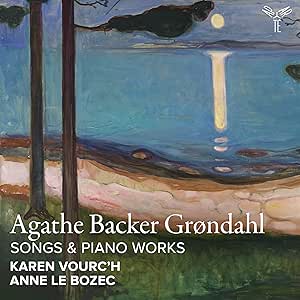 Agathe Backer Grøndahl: Songs and Piano Works Karen Vourc’h (soprano), Anne Le Bozec (piano) (Aparté)
Agathe Backer Grøndahl: Songs and Piano Works Karen Vourc’h (soprano), Anne Le Bozec (piano) (Aparté)
A quick whistle-stop biography of Agathe Backer Grøndahl (1847-1907) is probably needed. Born in Holmestrand, Norway, she was a renowned performer, composer, teacher, pupil of Liszt and von Bülow. As a pianist, she was a renowned interpreter of Schumann and of her near-contemporary, friend and supporter Edvard Grieg. George Bernard Shaw heard her playing the Grieg concerto in London and considered her to be one of the greatest pianists of the century. She wrote over four hundred compositions including 258 songs and several piano collections, but larger-scale works too – orchestral pieces and cantatas – and was also an assiduous collector, transcriber and adapter of Norwegian folk songs, and the two sets of lively “Norske Folkeviser og Folkedanse”, Op. 30 and Op. 33 are fabulous. Her later life was plagued by increasing deafness and confidence/mental health issues but she was actively encouraged by Grieg to make a triumphant comeback tour, playing only her own works.
The most successful part of this disc, recorded in Paris, is the performance of the set of 10 Fantasistykker, Op. 36, for piano, dedicated to her son Fridtjof, and first published in 1897. The title shows her clearly following the model of Schumann. These are fine performances. Pianist Anne Le Bozec records them on a 1907 Steinway, and she paces pieces such as the delicate “Berceuse No. 4” extremely well. The last piece, a wonderfully fleet “Elf Dance” with a contrasting slower middle section, is extremely convincingly shaped.
Soprano Karen Vourc’h was Mélisande in a performance of Debussy’s Pelléas which Le Bozec directed from the piano (sic!!) in 2009, so I was looking forward to hearing them performing Backer Grøndahl's song output. In the folk songs which begin and end the programme, Karen Vourc’h is occasionally tested by the lower notes at a pitch which can sound too low for her voice. In what sounds like a song of real heft and depth, “Underdönning” Op. 48, a vividly imagined portrait of the sea in its different moods (texts in the booklet in Norwegian and French), intonation is occasionally wayward. But she and Le Bozec deserve enormous credit for unearthing this rarely-heard music, and I can’t help thinking that theirs won’t be the last word on Backer-Grøndahl’s songs. Sebastian Scotney
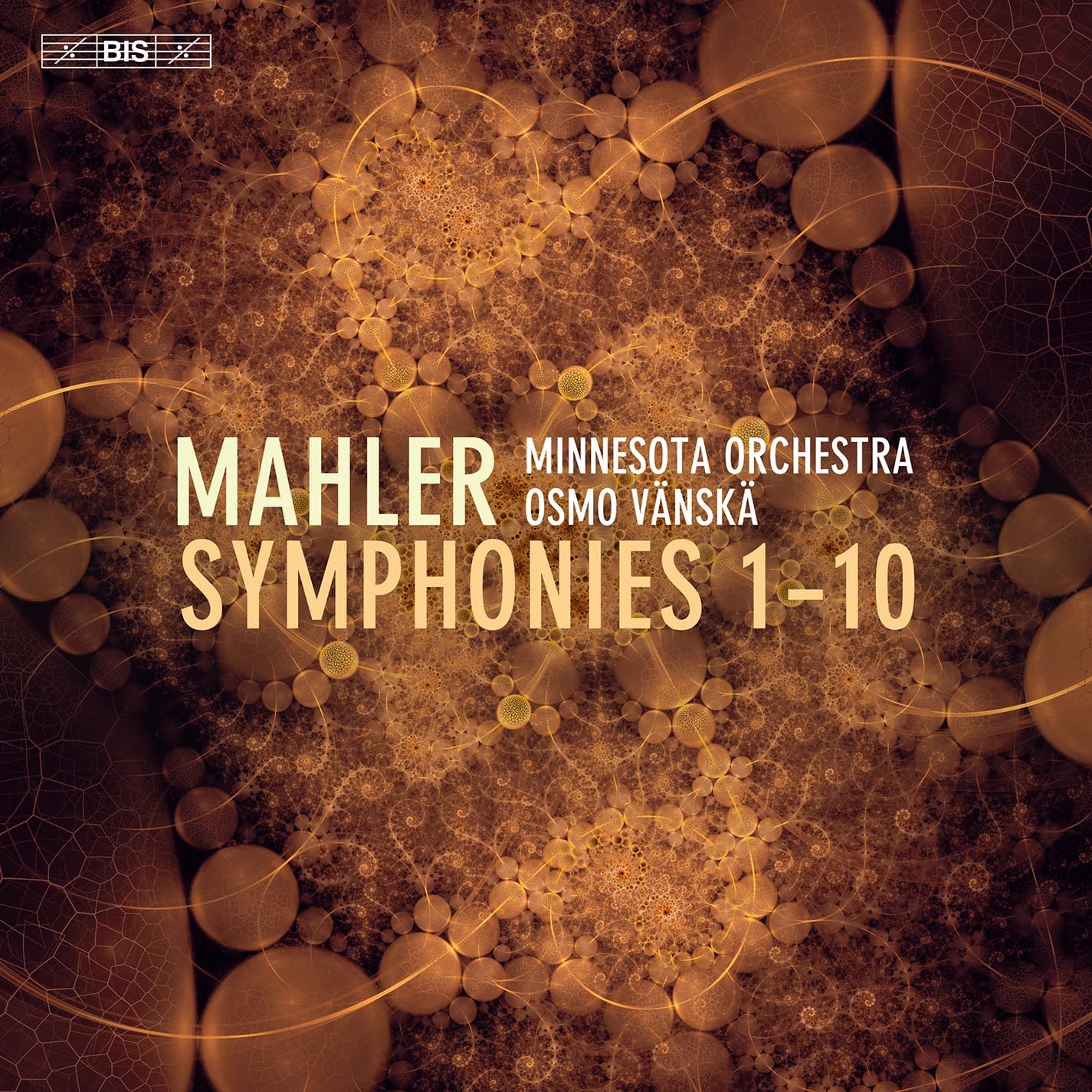 Mahler: Symphonies 1-10 Minnesota Orchestra/Osmo Vänskä (BIS)
Mahler: Symphonies 1-10 Minnesota Orchestra/Osmo Vänskä (BIS)
Each of Mahler’s symphonies occupies its own world; that they’re all so distinctive presumably accounting for how few recorded cycles gets each one right. Taped between 2015 and 2022, Osmo Vänskä’s Minnesota set is neatly played and beautifully engineered. Vänskä can be a patchy conductor on disc, the critical consensus being that his earlier Lahti Symphony recordings are the ones to have; still, I think his later Minnesota Sibelius performances are better than the Lahti ones. Predictably, Vänskä is at his best in the leaner, later symphonies. No. 9 is a case in point; lower brass are terrifying in the first movement’s climax and every contrapuntal strand in the “Rondo Burleske” is audible. The warmth of the Minnesota strings makes for a very moving finale, and they’re similarly impressive in Symphony No. 10’s opening, Vänskä using the Deryck Cooke realisation. The scherzo’s gear changes are immaculately handled and the tiny “Purgatorio” has a mischievous glint. The finale’s drum thwacks will make your windows rattle and the coda is exquisite, especially the massed strings’ upward swoop in the final bars. No. 7 is highly enjoyable, aided and abetted by some magnificent horn and trumpet playing, Vänskä relishing Mahler’s more outlandish effects. The first movement “Nachtmusik” is delicious, the scherzo a skeletal danse macabre. The fourth movement’s flowing tempo feels right, and the symphony’s noisy last movement is spectacular. No. 6 is technically and sonically impressive (the finale’s spookier interludes are magical) but lacks Bernstein’s ferocity, never really plumbing the depths.
The earlier symphonies are more of a mixed bag. You’d expect Vänskä to handle No. 1’s magical opening well (he does) but his main tempo feels too leisurely. And I’m mystified as to why he has the entire bass section play the third movement Frére Jacques quote when Mahler specified a single player – it sounds too smooth. The finale is exciting but lacks coherence. Symphony No. 2 is more energised, with well-characterised inner movements and a spectacular conclusion, a well-drilled choir plus soprano Ruby Hughes and mezzo Sasha Cooke giving their all. Vänskä’s Mahler 4 is perky and transparent, Carolyn Sampson glorious in the last movement. No. 5, the earliest to have been recorded, is a disappointment, derailed by eccentric tempi and some odd orchestral balances.
I’ve kept the best till last, Vänskä finishing his cycle with radiant live accounts of Symphonies 8 and 3. No. 8 never drags, with an excellent lineup of soloists and audibly enthused choral forces. And this big-boned account of no. 3 is gorgeous, Vänskä’s first movement expansive but always coherent. R. Douglas Wright contributes a stentorian trombone solo. The middle movements are delightful, with star turns from Manny Laureano on posthorn and mezzo Jennifer Johnston, and the long slow finale glows. The whole lot comes in a surprisingly slim box at bargain price, BIS including the booklets from each individual release rather than a potted summary.
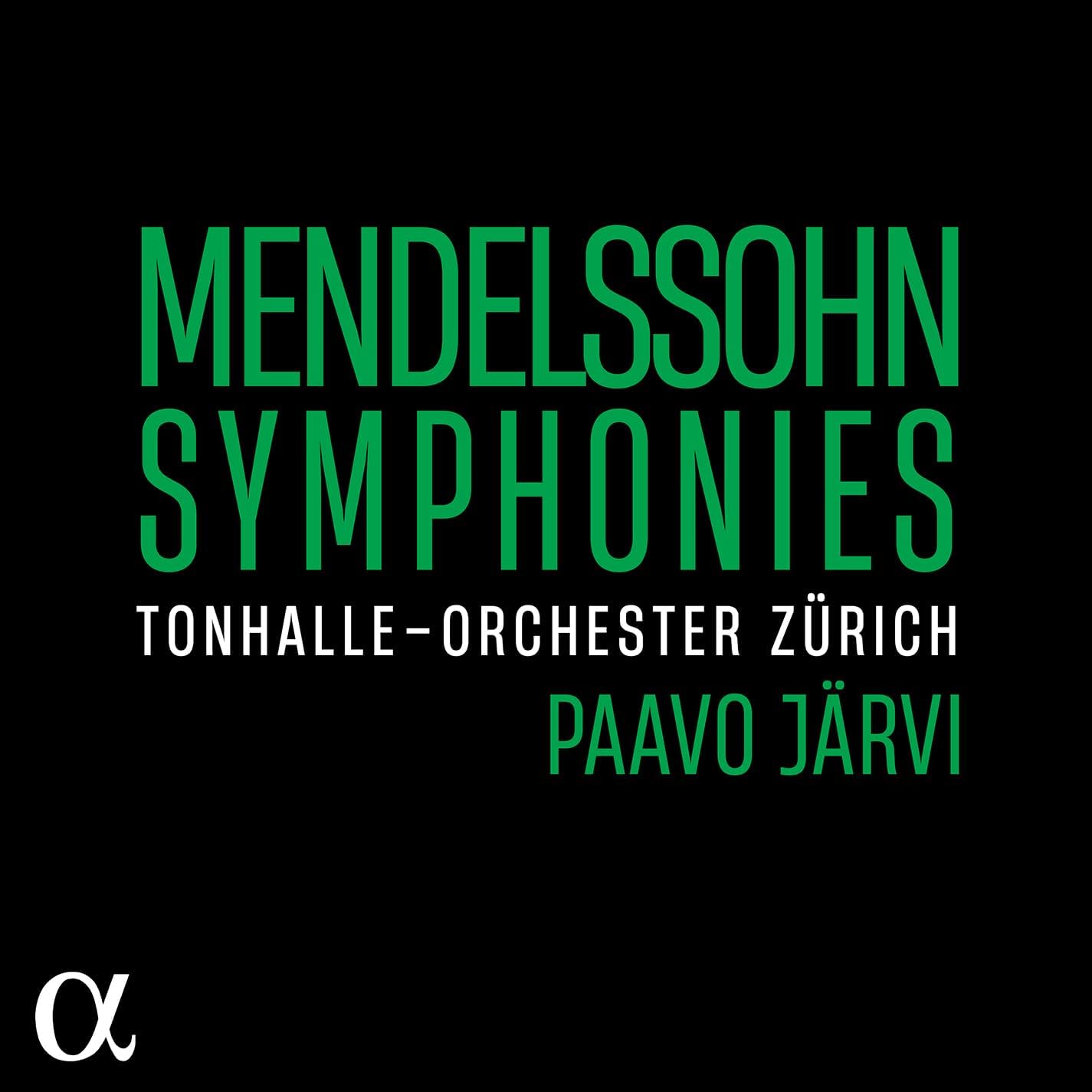 Mendelssohn: Symphonies 1-5 Tonhalle-Orchester Zürich/Paavo Järvi (Alpha Classics)
Mendelssohn: Symphonies 1-5 Tonhalle-Orchester Zürich/Paavo Järvi (Alpha Classics)
More Paavo Järvi, this time with the Tonhalle-Orchester Zürich (he’s been their Principal Conductor since 2019). It’s striking how tastes change over decades, Mendelssohn symphonies now a relative rarity in concert programmes as everyone’s playing Mahler or Shostakovich or Bruckner instead. That’s our loss; listening to these sleek, affectionate performances reminds us of what we’re missing. As Järvi states in this set's booklet, “Mendelssohn does not get the attention he deserves.” Take his Symphony No. 1, a candidate for ‘Best Orchestral Work Written by a 15-Year-Old’, composed in 1824 as a gift for Mendelssohn’s musically talented sister Fanny. He later dismissed the symphony as “really childish”. Rubbish. This is a highly enjoyable work, opening with a stormy “Allegro di molto” and closing with a finale paying homage to the last movement of Mozart 40. Järvi’s swift tempo here is incredibly exciting, the Zurich strings acquitting themselves brilliantly. The C major coda is a riot here, with bright trumpet fanfares and crisp timpani thwacks. Symphony No. 2 was composed in 1840 and published posthumously, this Lobsegang (Hymn of Praise) composed to commemorate the 400th anniversary of the Gutenberg printing press. Three weighty orchestral movements precede a sequence of choral and vocal numbers. It’s a patchy work, but the big moments are spectacular here, like the Zürcher Sing-Akademie’s entry in “Alles, was Odem hat, lobe den Herrn”. Järvi has excellent soloists, sopranos Chen Reiss and Marie Henriette Reinhold exquisite in “Ich harrete des Herrn.”
Symphony No. 5, subtitled ‘Reformation’ and chronologically No. 2, is another posthumous rarity. The first movement’s slow introduction sounds marvellous here, with some terrific brass playing and a radiant ‘Dresden Amen’ on strings, a motif later used by Wagner in Parsifal. The rest of the work isn’t terribly memorable though, so it was a relief to turn to Symphonies 3 and 4. No. 3’s scherzo is delicious, and it’s good to hear the Zurich horns blasting out when they pick up Mendelssohn’s clarinet theme. The orchestral playing is so deft and witty, and the ensuing “Adagio” really sings. I’ve never had a problem with the symphony’s blazing major-key coda, Järvi’s exuberance suggesting that he doesn’t either. This Symphony No. 4 is as light and effervescent as they come, Järvi whipping up a storm in the closing saltarello. Throw in a bonus disc containing excerpts from the incidental music to A Midsummer Night’s Dream, sweetly done, and you’ve a highly desirable package, the performances captured in glowing, detailed sound.
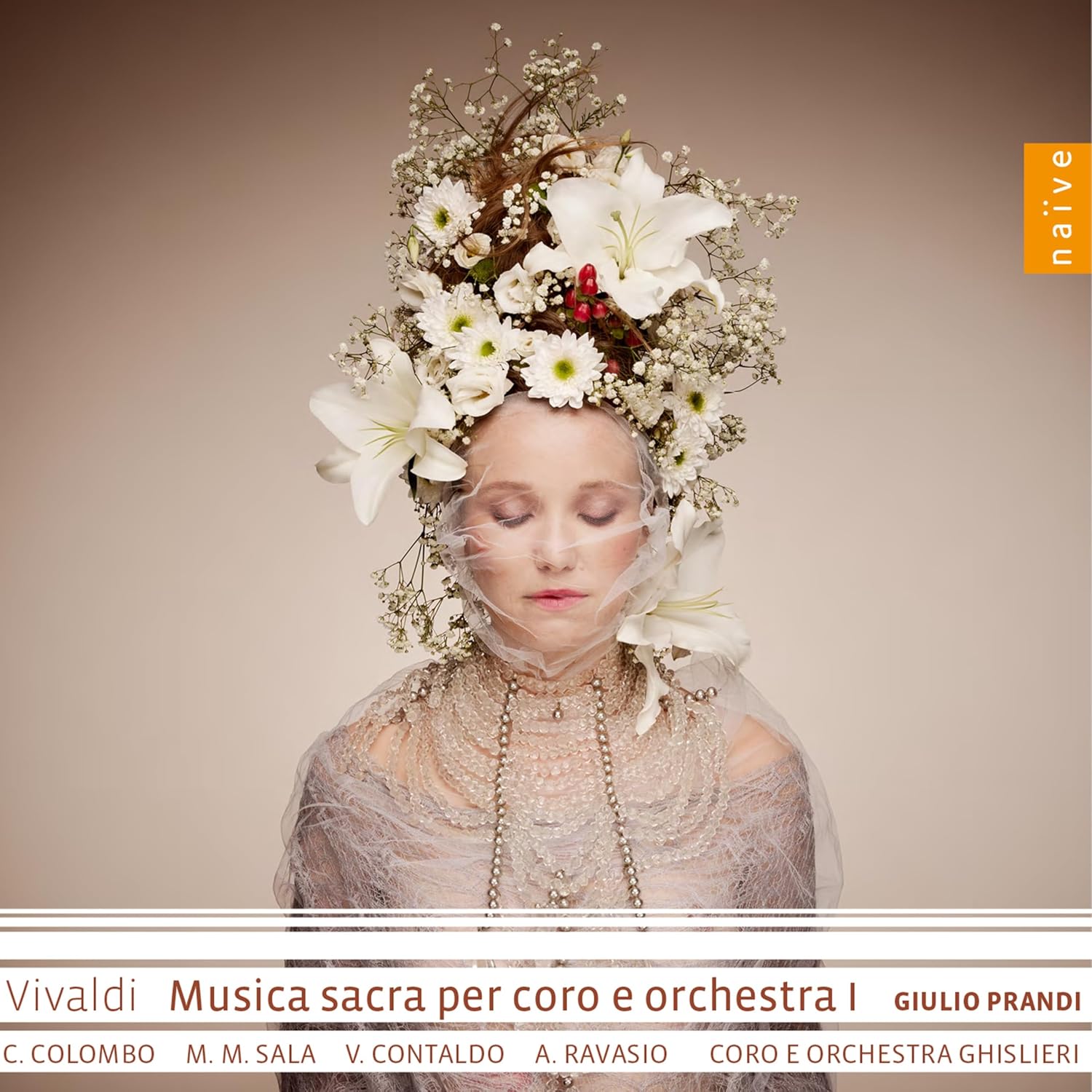 Vivaldi: Musica sacra per coro e orchestra I Coro e Orchestra Ghislieri/Giulio Prandi (Naïve Records)
Vivaldi: Musica sacra per coro e orchestra I Coro e Orchestra Ghislieri/Giulio Prandi (Naïve Records)
I’m slightly embarrassed that this is volume 72 of Naïve Records’ Vivaldi Edition, but the first one I’ve heard. On the strength of it, I will certainly go and seek out others – and look forward to future releases, as the project is only 2/3rds of the way through. The cycle is based on a cache of Vivaldi scores bought by the Italian state in 1930 – many of his works, especially in the choral and operatic field – survive in single copies in this collection. Our view of Vivaldi would be very different without it.
This disc features four large (and one miniature) sacred works for choir, soloists and orchestra, the Coro e Orchestra Ghislieri under founder Giulio Prandi. The first piece, the R807 Dixit Dominus, has only come to light as a work of Vivaldi’s in the last 20 years, having been misattributed since 1757. It is his third and final setting of this text, and is high-spirited and full of life. The period ensemble and chamber choir are lithe and unsentimental, soprano Carlotta Colombo stately without being heavy in the aria “Virgam virtutis tuæ”. Perhaps the highlight is the alto aria “De torrente in via bibet”, with deliciously flowing watery quavers in the strings and Valerio Contaldo’s solo.
The Confitebor tibi Domine, RV596, has a pair of oboes to add flavour, and the organ is prominent, not least in a dramatic solo (Deniel Perer) at the beginning of the third movement. The vocal forces are just three solos, who have more contrapuntal lines than usually associated with Vivaldi. The overlapping lines of “Intellectus bonus omnibus” are articulated with a clarity and even wit, and the finale “Et in sæcula sæculorum” is an athletic sprint for the line.
The Magnificat that finishes is the last of four variants of the same setting that survive. It was specifically for the Pietà, with interpolated solo vocal movements to show off the skills of the highly trained young singers of the Ospedale. “Et exultavit spiritus meus” is virtuosic and Carlotta Colombo navigates the showy runs joyously. There are nice moments in the instrumental passages where the theorbo (Francesco Olivero) decorates the string parts. But the real glories of the piece are the bookend choral movements with drooping chromatic harmonies that offer a real emotional gravity. Impeccably sung and played, this album is a good place to start with this Vivaldi sequence even if, like me, you’re late to the party. Bernard Hughes

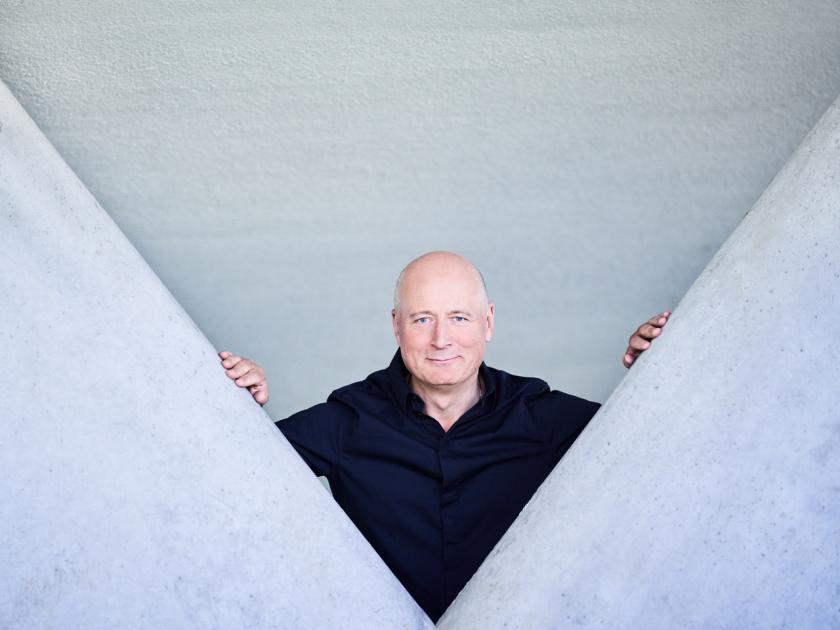








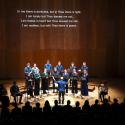
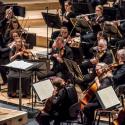
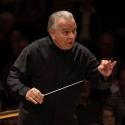

Add comment